Unlocking Business Potential with 3D Printers at the 2025 China Import and Export Fair
As industries increasingly adopt innovative technologies, the significance of 3D printers for business continues to soar. According to a report by Wohlers Associates, the global 3D printing market is projected to reach $34.8 billion by 2024, fueled by growing applications in manufacturing, healthcare, and automotive sectors. The 2025 China Import and Export Fair presents an unparalleled opportunity for businesses to explore the transformative capabilities of advanced 3D printing technologies. By leveraging 3D printers for business, companies can enhance product development cycles, reduce material waste, and create customized solutions that cater to specific market demands. With China poised to be a leader in the 3D printing landscape, attending the 138th Canton Fair will enable stakeholders to gain insights into emerging trends, network with industry experts, and unlock new pathways to drive innovation and growth.
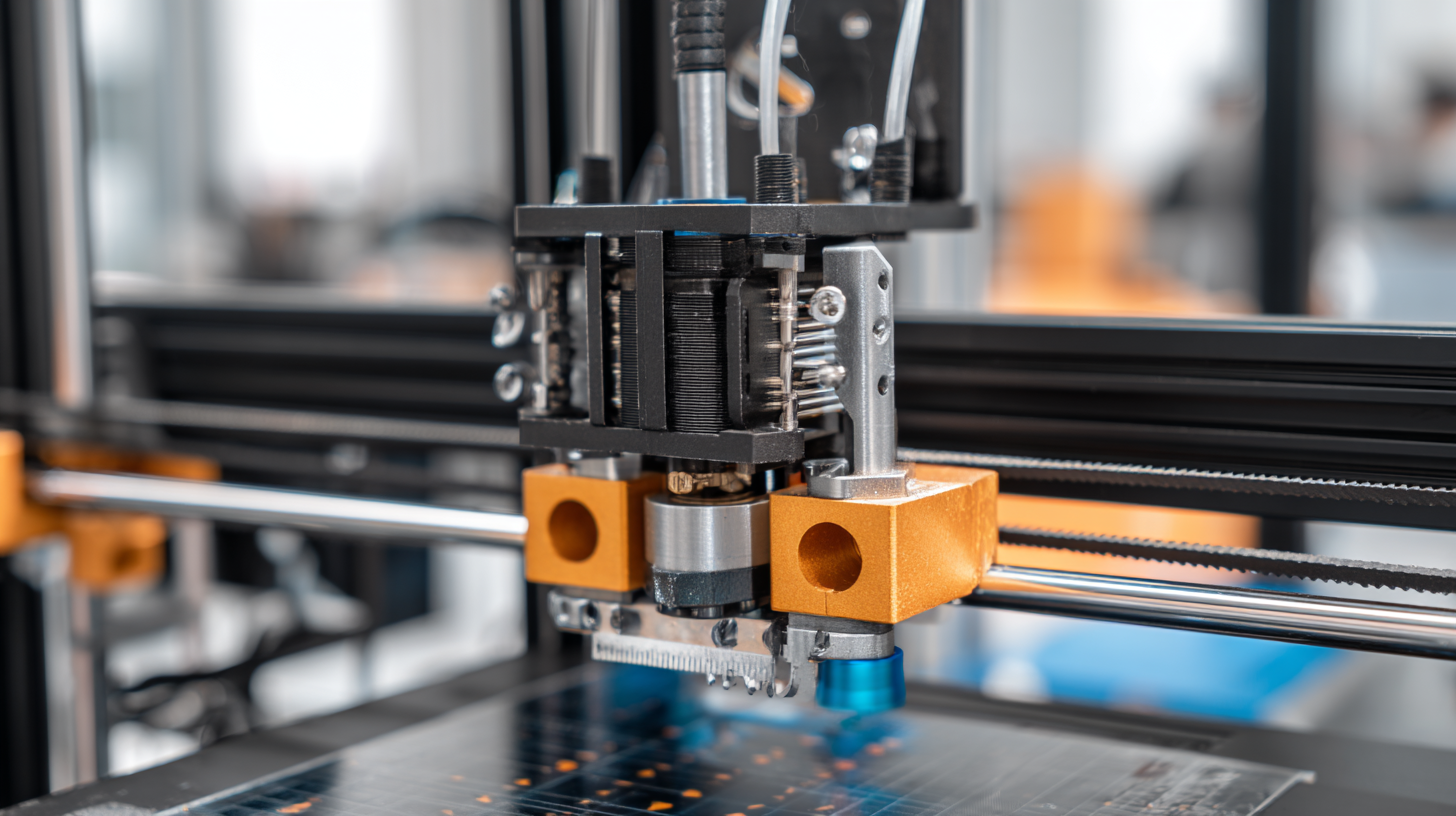
Exploring the Impact of 3D Printing on Modern Business Models
At the 2025 China Import and Export Fair, the focus on 3D printing reveals how this technology is revolutionizing modern business models. Companies now have the ability to customize products on-demand, reducing the need for large inventories. This shift not only cuts costs but also enhances customer satisfaction by delivering tailored solutions that meet specific needs. As businesses embrace this technology, the traditional linear supply chain is being replaced by more agile and responsive networks.
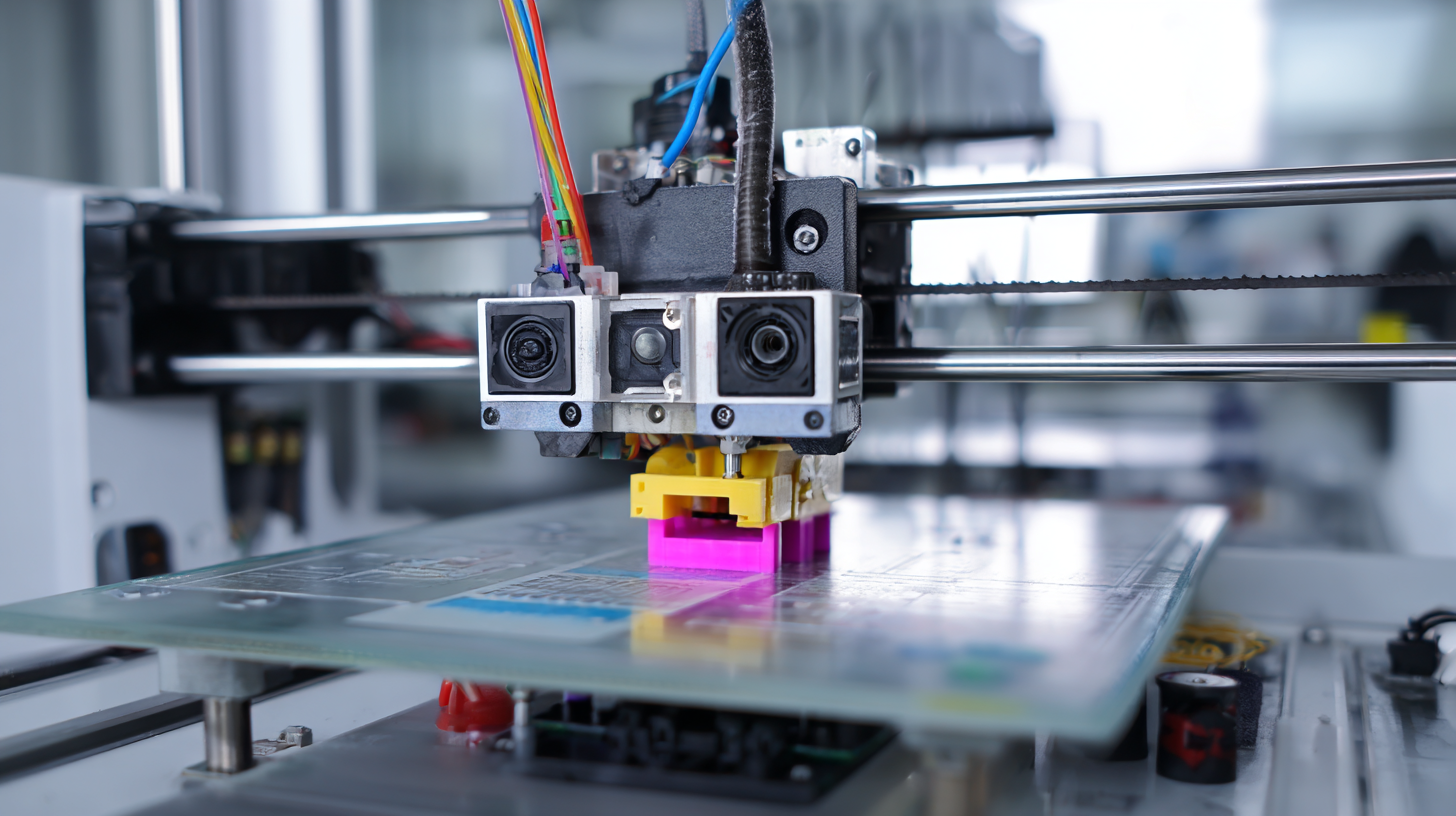
Tips for embracing 3D printing in your business:
1. Start Small: Begin with prototypes or small-scale projects to understand the capabilities and limitations of 3D printing before integrating it into your main production line.
2. Collaborate on Designs: Encourage collaboration between designers and engineers to develop innovative products that leverage the unique possibilities of 3D printing.
3. Invest in Training: Equip your team with the necessary skills to operate 3D printers and software, ensuring they can maximize the technology's potential.
As firms continue to explore 3D printing, they will discover new opportunities for innovation and efficiency, ultimately enhancing their competitive edge in the evolving marketplace. The adoption of 3D printing is not just a trend; it's a fundamental change in how businesses operate and create value.
Innovative Applications of 3D Printers in Various Industries
The innovative applications of 3D printers are transforming various industries, showcasing their potential to unlock unprecedented business opportunities. In healthcare, for instance, dental 3D printers are now being used to create custom dental solutions, such as crowns and aligners, with remarkable efficiency. This shift not only enhances patient care but also streamlines production processes, allowing dental practices to reduce costs and time. The market for dental 3D printers is rapidly expanding, fueled by advancements in technologies like stereolithography and digital light processing, promising a brighter future for the dental industry.
Furthermore, the upcoming 2025 China Import and Export Fair will serve as a platform to highlight these advances in 3D printing technology. Exhibitions such as the Formnext Asia and TCT Asia showcase a variety of sectors where 3D printing is applied, from automotive to aerospace and beyond. As companies reveal cutting-edge solutions and innovative materials, the fair emphasizes the crucial role of 3D printing in driving industrial upgrades and fostering new business models. This convergence of technology and creativity not only represents a significant leap in manufacturing but also a shift toward more sustainable and flexible production methods.
Unlocking Business Potential with 3D Printers at the 2025 China Import and Export Fair - Innovative Applications of 3D Printers in Various Industries
| Industry | Application | Benefits | Challenges |
|---|---|---|---|
| Healthcare | Customized prosthetics | Improved patient comfort and fit | Regulatory approvals |
| Aerospace | Lightweight components | Reduced fuel consumption | Material limitations |
| Automotive | Rapid prototyping | Faster design cycles | Cost of equipment |
| Education | Hands-on learning tools | Enhanced student engagement | Training staff |
| Construction | 3D-printed buildings | Reduced labor costs | Material durability |
Success Stories: Companies Thriving with 3D Printing Technology
At the 2025 China Import and Export Fair, the revolutionary impact of 3D printing technology will be showcased through compelling success stories from leading companies. These narratives reveal how organizations are tapping into the capabilities of 3D printers to streamline production processes, reduce costs, and foster innovation. From automotive to healthcare, businesses have integrated this technology to create custom solutions that meet specific market demands, thereby enhancing their competitive edge.
One notable example is a startup that produces personalized medical devices tailored to individual patients. By leveraging 3D printing, they can swiftly prototype and manufacture devices that significantly improve patient outcomes while minimizing waste. Another success story comes from an established manufacturer that has transformed its supply chain by using 3D printers to produce spare parts on-demand, resulting in decreased lead times and increased operational efficiency. These cases underscore the versatility and transformative potential of 3D printing in a variety of sectors, emphasizing its role in driving business success at the fair and beyond.
Navigating Challenges and Opportunities in 3D Printing
The 2025 China Import and Export Fair presents a unique platform to explore the multifaceted landscape of 3D printing, where businesses can unlock unprecedented potential. As the technology continues to evolve, companies face numerous challenges including supply chain disruptions, material limitations, and the need for skilled labor. Navigating these hurdles requires a proactive approach, enabling organizations to harness the benefits of 3D printing effectively.
Moreover, the opportunities presented by 3D printing are equally compelling. This technology fosters innovation by allowing businesses to create customized products with speed and precision, thus meeting market demands in real-time. As companies share insights and collaborate at the fair, they can discover new applications ranging from manufacturing to healthcare. Embracing 3D printing not only enhances production efficiency but also positions businesses to lead in an increasingly competitive landscape. The fair serves as a crucial gathering point for stakeholders to discuss solutions that leverage this transformative technology.
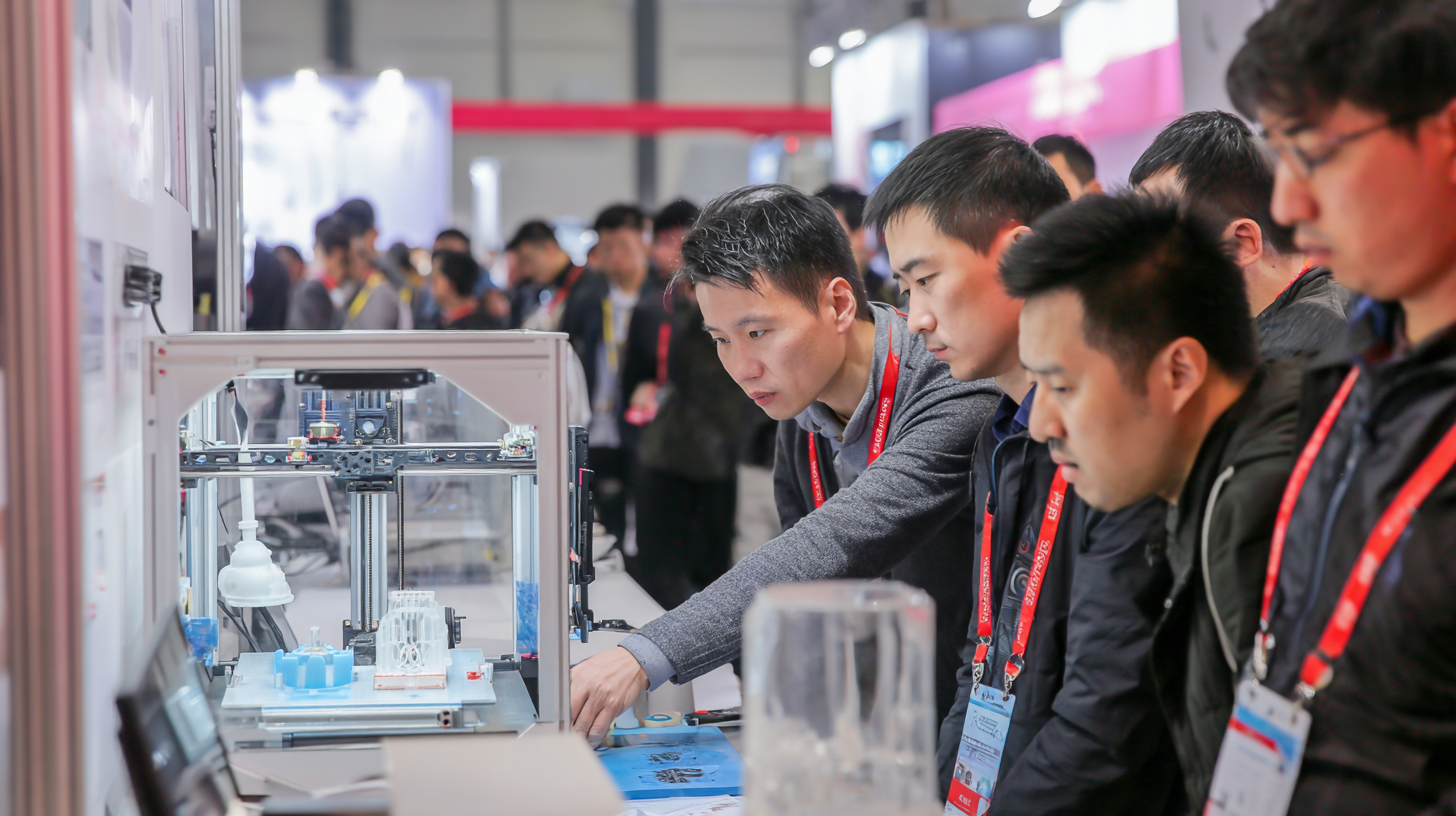
Future Trends: The Evolution of 3D Printing at Global Trade Fairs
The evolution of 3D printing technology is fundamentally reshaping the landscape of global trade, especially as we approach the 2025 China Import and Export Fair. The technological advancements in additive manufacturing are not only revolutionizing production processes but also enhancing the flexibility and speed with which businesses can respond to real-time market demands. According to a recent report from the European Patent Office, patent filings in 3D printing have surged, growing eight times faster than the average of all technologies over the past decade. This rapid innovation highlights the increasing importance of 3D printing in various sectors, from fashion—where AI-driven design tools facilitate rapid prototyping—to sustainable building materials, which are emerging as a priority in response to evolving consumer expectations.
Furthermore, the potential applications of 3D printing continue to expand, making it an attractive avenue for businesses at trade fairs. The TCT Asia 2025 event is anticipated to showcase significant advancements in China's 3D printing market, featuring exhibitors that will present cutting-edge solutions tailored for diverse industries, including drone technology and sustainable textiles. The integration of these technologies into manufacturing not only enhances efficiency but also aligns with the growing trend towards sustainability, reflecting a broader shift in consumer attitudes. The presence of 3D printing at such global trade fairs signifies its pivotal role in shaping future business landscapes and responding to pressing environmental challenges.
Related Posts
-
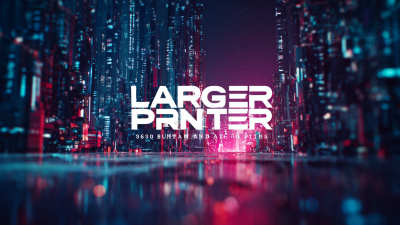
Understanding the Benefits of the Best Large 3D Printer for Global Buyers
-
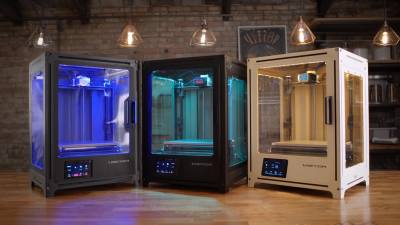
Ultimate Guide to Choosing the Best Enclosed 3D Printer for Your Business Needs
-
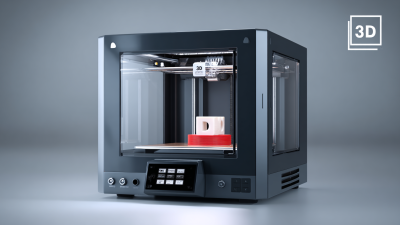
Exploring the Industry Standards for the Best 3D Printer and Their Impact on Your Business
-
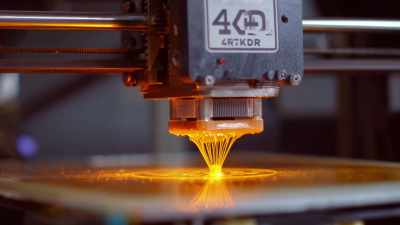
The Future of Creating Innovative Solutions with the Best 3D Machine Printer
-
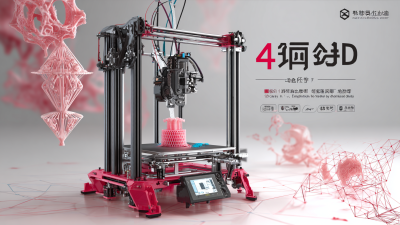
Elevating Global Standards: How China's Top 3D Printers Redefine Business Quality
-
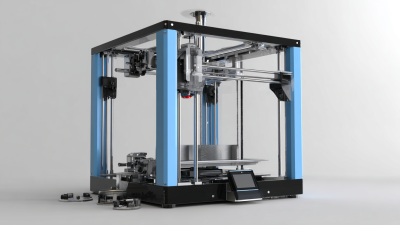
Innovative Solutions for Optimizing Your Best 3D Printing Machine Performance